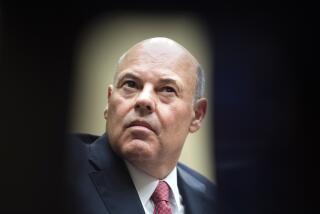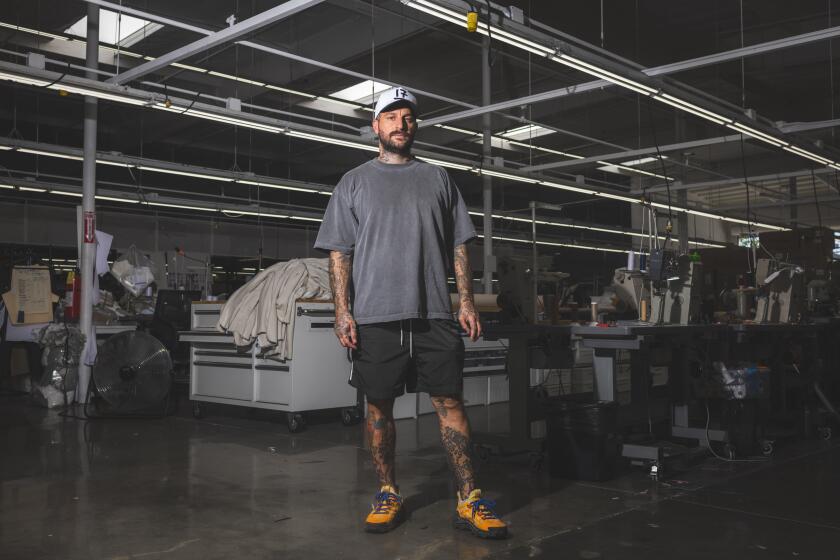Loss of In-N-Out Founder Won’t Change Menu Plan
The new head of In-N-Out Burgers said Monday that the venerable restaurant chain would remain in family hands and stay true to its time-tested strategy -- a simple menu and slow but steady growth -- after the death of company matriarch Esther L. Snyder.
“The family is absolutely committed to keeping the company private and family operated,” said Mark Taylor, who took over as president after co-founder Snyder died Friday at the age of 86. Taylor, a 22-year company veteran, was vice president of operations before Snyder’s death and has run In-N-Out on a day-to-day basis for several years.
He said in a statement that he planned to stay the course “laid out for us by our founders.”
“We will continue to grow on a moderate and deliberate pace of adding 10 to 12 [restaurants] per year,” Taylor said.
In-N-Out’s future was a key element of a lawsuit filed against the chain in January by Richard Boyd, then a board member and the company’s vice president of real estate and development.
Boyd accused Taylor and Lynsi Martinez, Snyder’s only grandchild and sole heir to the company, of trying to seize control and amp up expansion plans. (Taylor is the husband of Martinez’s half sister.)
In-N-Out countersued, accusing Boyd of fraud and embezzlement. Boyd was fired soon after.
The two sides agreed to an undisclosed settlement in May. That ended the litigation, but not before the public airing of such claims as Boyd’s allegation that company executives had “marginalized” Snyder and that she complained, “They only want me dead.” Or the company’s accusation that Boyd, who was in charge of building In-N-Out restaurants, was billing the company for construction done at his home.
The intensely private Irvine-based company is known for its fresh ingredients, feel-good vibe and loyal clientele. Its growth potential has long been a key attraction to potential buyers. But the Snyder family has opted to remain independent.
Esther and her husband, Harry, who died in 1976, opened the first In-N-Out stand in Baldwin Park in 1948. In the decades that followed, they steered clear of dining industry trends, keeping their menu simple -- burgers, fries, soft drinks and shakes -- and avoided over-saturation by focusing on stand-alone stores in prime locations.
In recent years, the company has ventured into Northern California, Arizona and Nevada. It has 202 outlets and recorded sales of $370 million in 2005, according to Restaurants & Institutions magazine.
“The general perception in the industry is that it’s under-developed -- that there could be a lot more of them,” said Randall Hiatt, president of Costa Mesa-based consulting firm Fessel International.
The trick, Hiatt said, is to achieve that growth without losing the In-N-Out mystique.
“Because of the way they have restricted growth, it still has that cult kind of buzz,” he said. “Like Krispy Kreme had but lost when you started to see them at every gas station.”
Said Andrew Puzder, chief executive of CKE Restaurants Inc., owner of the rival Carl’s Jr. chain: “The question is, can you grow the brand to a significant number of restaurants without losing that ambience?”
So far, the rare public spat appears to have had little public effect on In-N-Out’s business.
“We haven’t seen any change at all,” said Bob Sandelman, who heads San Clemente-based restaurant consulting firm Sandelman & Associates, which conducts an annual survey of consumer dining preferences. “They’re still the highest-rated chain in terms of overall customer satisfaction.”
More to Read
Inside the business of entertainment
The Wide Shot brings you news, analysis and insights on everything from streaming wars to production — and what it all means for the future.
You may occasionally receive promotional content from the Los Angeles Times.










